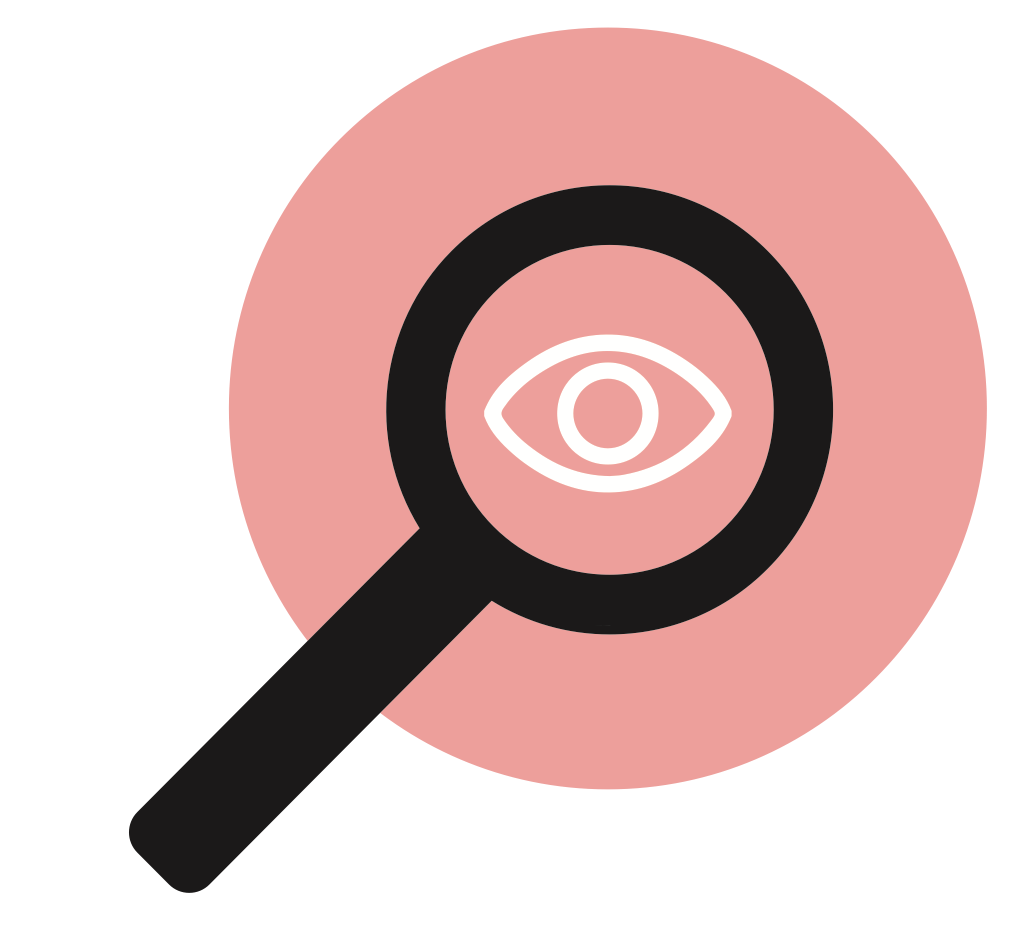Our biological, psychological and environmental self
Previous / Next
The Self
Part 21 - Our biological, psychological and environmental self

Another way of looking at ourselves is that we are the sum of our biological make-up, including our genes and everything connected to our physical health: our psychology, including the way we think, feel and act, our personality and how we process all our experiences; and all the social stuff, such as our culture, our community, our society – in essence, the world we live in.
Maybe we started life with good physical health and good parenting, in a good neighbourhood. Maybe we didn’t. Maybe we are more defined by one of the three factors more than any other. Maybe it’s useful to take a look at a case study and then answer some questions about ourselves using these factors as an outline (which is sometimes referred to as the bio-psycho-social model).